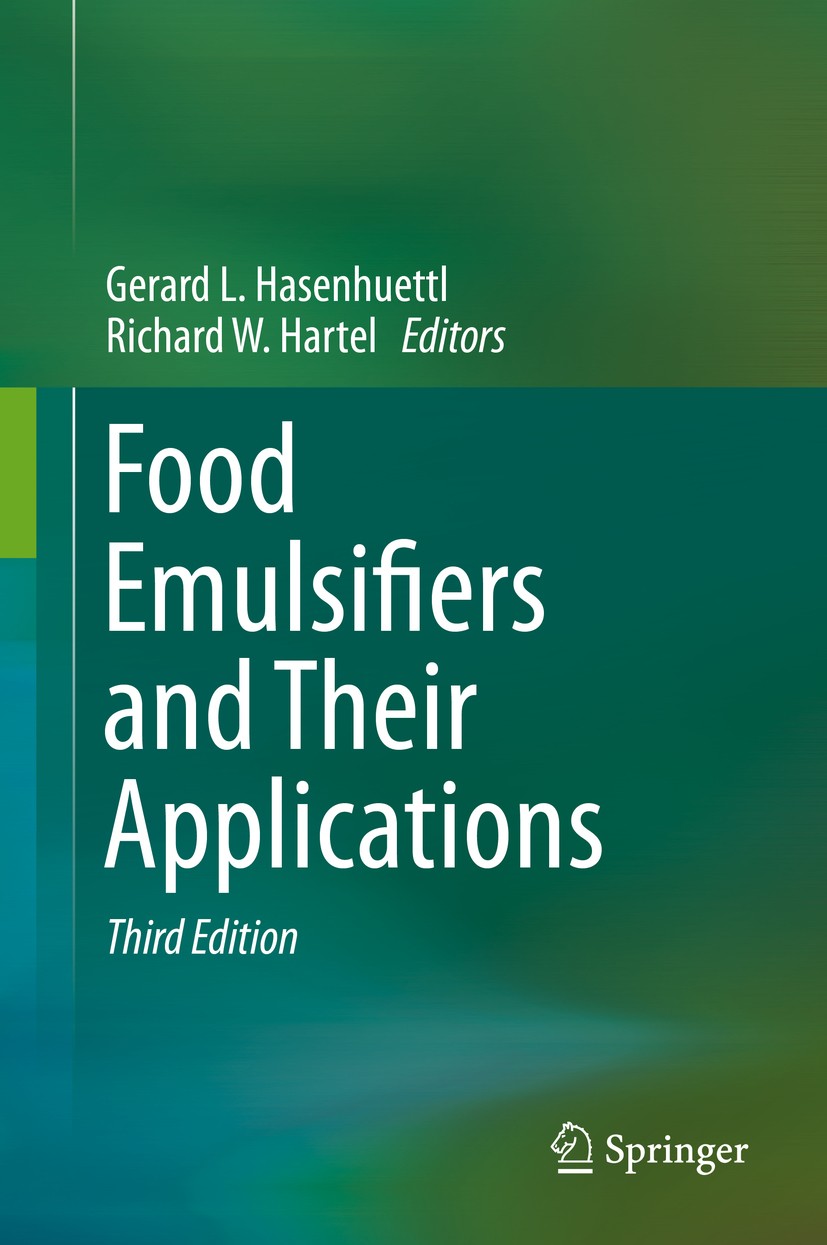| 书目名称 | Food Emulsifiers and Their Applications | | 编辑 | Gerard L. Hasenhuettl,Richard W. Hartel | | 视频video | http://file.papertrans.cn/345/344971/344971.mp4 | | 概述 | Describes synthesis, commercial preparation, and analysis of food emulsifiers.Covers natural ingredients that are surface-active, such as lecithin, milk proteins, and some protein-containing hydrocoll | | 图书封面 |  | | 描述 | .Emulsifiers, also known as surfactants, are often added to processed foods to improve stability, texture, or shelf life. These additives are regulated by national agencies, such as the FDA, or multi-national authorities, such as the EEC or WHO. The amphiphilic molecules function by assisting the dispersion of mutually insoluble phases and stabilizing the resulting colloids, emulsions, and foams...Emulsifiers can interact with other food components such as carbohydrates, proteins, water, and ions to produce complexes and mesophases. These interactions may enhance or disrupt structures and affect functional properties of finished foods. In dairy processing, small molecule emulsifiers may displace dairy proteins from oil/water and air/water interfaces, which affects stability and properties of the foams and emulsions. In baked products, emulsifiers contribute to secondary functionalities, such as dough strengthening and anti-staling. ..Synthetic food emulsifiers suffer from the stigma of chemical names on a product’s ingredient statement. Modern consumers are seeking products that are “all natural.” Fortunately, there are a number of natural ingredients that are surface-active, such | | 出版日期 | Book 2019Latest edition | | 关键词 | Food emulsifier; Surfactant; Food additives; Reduced fat; Dairy proteins | | 版次 | 3 | | doi | https://doi.org/10.1007/978-3-030-29187-7 | | isbn_ebook | 978-3-030-29187-7 | | copyright | Springer Nature Switzerland AG 2019 |
The information of publication is updating

|
|
 |Archiver|手机版|小黑屋|
派博传思国际
( 京公网安备110108008328)
GMT+8, 2025-11-13 12:55
|Archiver|手机版|小黑屋|
派博传思国际
( 京公网安备110108008328)
GMT+8, 2025-11-13 12:55


